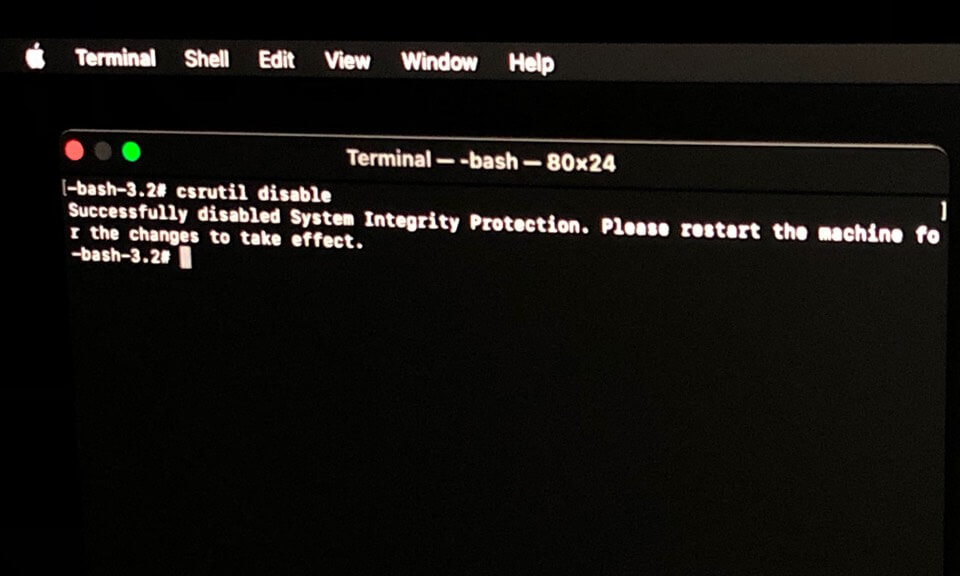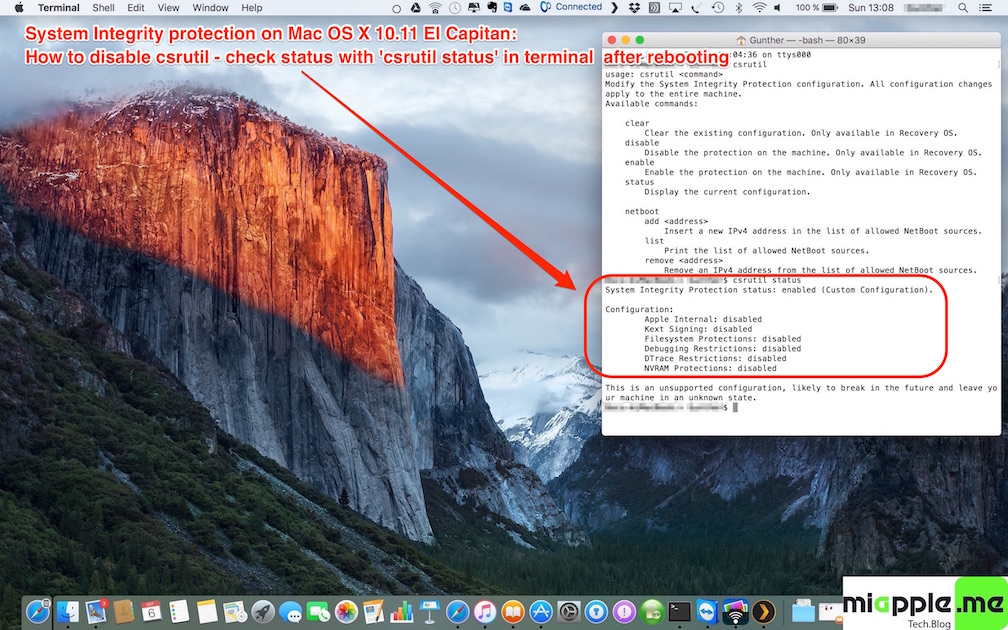

- Disable system integrity protection m1 full#
- Disable system integrity protection m1 pro#
- Disable system integrity protection m1 software#
Conversely, if an approval is revoked, the system extension is unloaded and marked for removal on the next restart of the Mac.In this article User Account Control settings list For example, if an extension is pending approval and a configuration profile is pushed that allows the extension, the extension is allowed to load. In macOS 11.3 through macOS 11.6.4, making changes to a system extension profile directly affects the state of an extension. Optionally, MDM can disallow users from approving their own system extensions from loading. System extensions support robust management using MDM, including the ability to allow all extensions from a specific developer or of a specific type (like network extensions) to load without user interaction.
Disable system integrity protection m1 full#
Even though kexts inherently have full access to the entire operating system, extensions running in user space are granted only the privileges necessary to perform their specified function. By running in user space, system extensions increase the stability and security of macOS. MacOS 10.15 or later enables developers to extend the capabilities of macOS by installing and managing system extensions that run in user space rather than at the kernel level.
Authentication credentials and identity asset settings. Legacy interactive profile declarative configuration. Legacy profile declarative configuration. Subscribed Calendars declarative configuration. Google Accounts declarative configuration. Privacy Preferences Policy Control payload settings. Dynamic WEP, WPA Enterprise, and WPA2 Enterprise settings. Kernel Extension Policy payload settings. Extensible Single Sign-on Kerberos payload settings.  Extensible Single Sign-on payload settings. Exchange Web Services (EWS) payload settings. Exchange ActiveSync (EAS) payload settings. Conference Room Display payload settings. Certificate Transparency payload settings. Certificate Revocation payload settings. Certificate Preference payload settings. Autonomous Single App Mode payload settings. Active Directory Certificate payload settings. Automated Certificate Management Environment (ACME) payload settings. Automated Device Enrollment MDM payload list. Configure a Mac for smart card–only authentication. Supported smart card functions on iPhone and iPad. Use a VPN proxy and certificate configuration. MacBook Air Wi-Fi specification details.
Extensible Single Sign-on payload settings. Exchange Web Services (EWS) payload settings. Exchange ActiveSync (EAS) payload settings. Conference Room Display payload settings. Certificate Transparency payload settings. Certificate Revocation payload settings. Certificate Preference payload settings. Autonomous Single App Mode payload settings. Active Directory Certificate payload settings. Automated Certificate Management Environment (ACME) payload settings. Automated Device Enrollment MDM payload list. Configure a Mac for smart card–only authentication. Supported smart card functions on iPhone and iPad. Use a VPN proxy and certificate configuration. MacBook Air Wi-Fi specification details. Disable system integrity protection m1 pro#
MacBook Pro Wi-Fi specification details. Bundle IDs for native iPhone and iPad apps. Manage login items and background tasks on Mac. Disable system integrity protection m1 software#
Manage software updates and login items. Configure Setup Assistant panes in Apple TV. Review the setup process and configuration profile options. Identify an iPhone or iPad using Microsoft Exchange. Integrate Mac computers with Active Directory. 
Integrate Apple devices with Microsoft services. Enrollment single sign-on (SSO) for iPhone and iPad. Review aggregate throughput for Wi-Fi networks. Support for private 5G and LTE networks. Use MDM to deploy devices with cellular connections. Prepare to use eSIMs with Apple devices. Configure devices with cellular connections. Add Apple devices to Apple School Manager, Apple Business Manager, or Apple Business Essentials. Deploy devices using Apple School Manager, Apple Business Manager, or Apple Business Essentials.







 0 kommentar(er)
0 kommentar(er)
